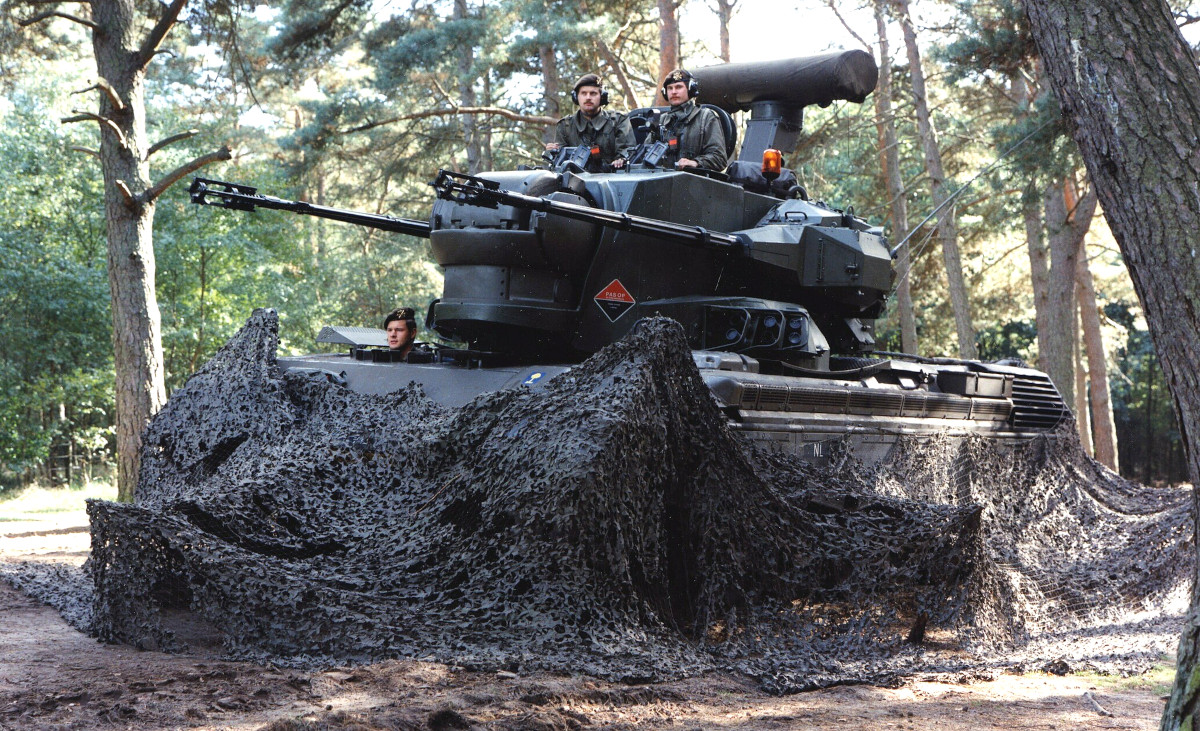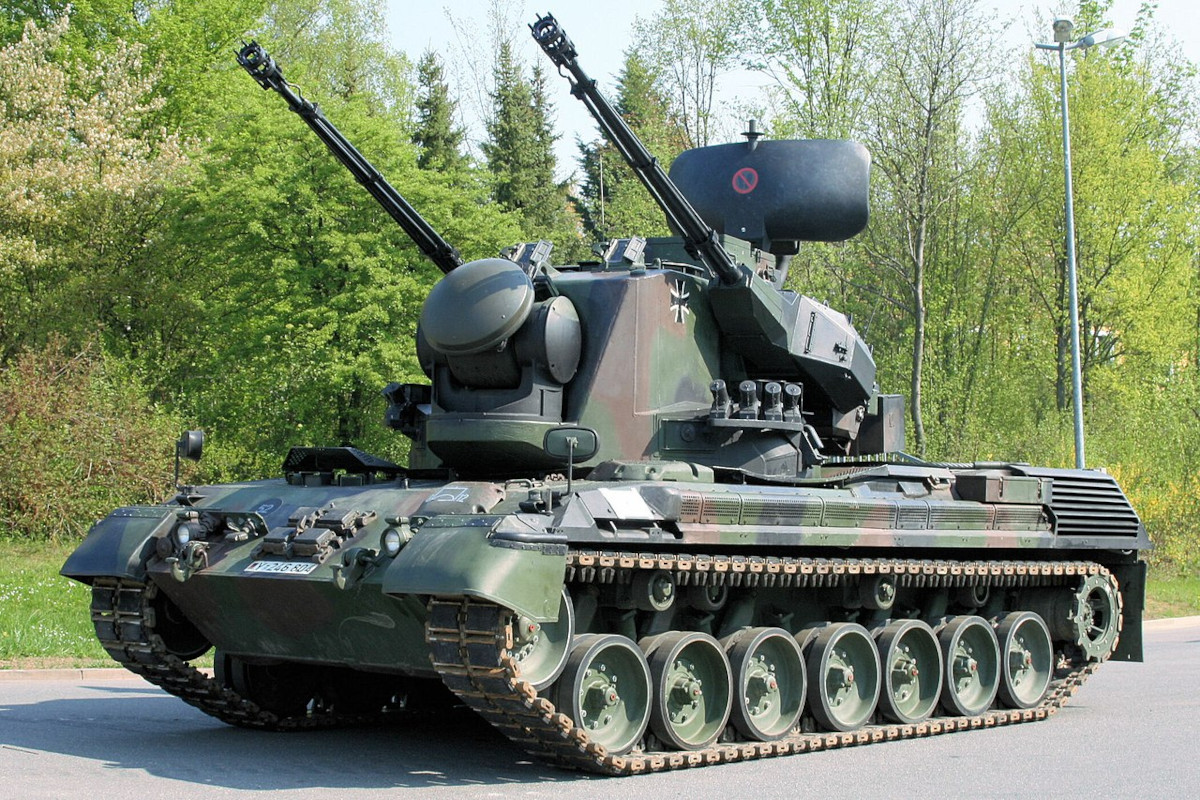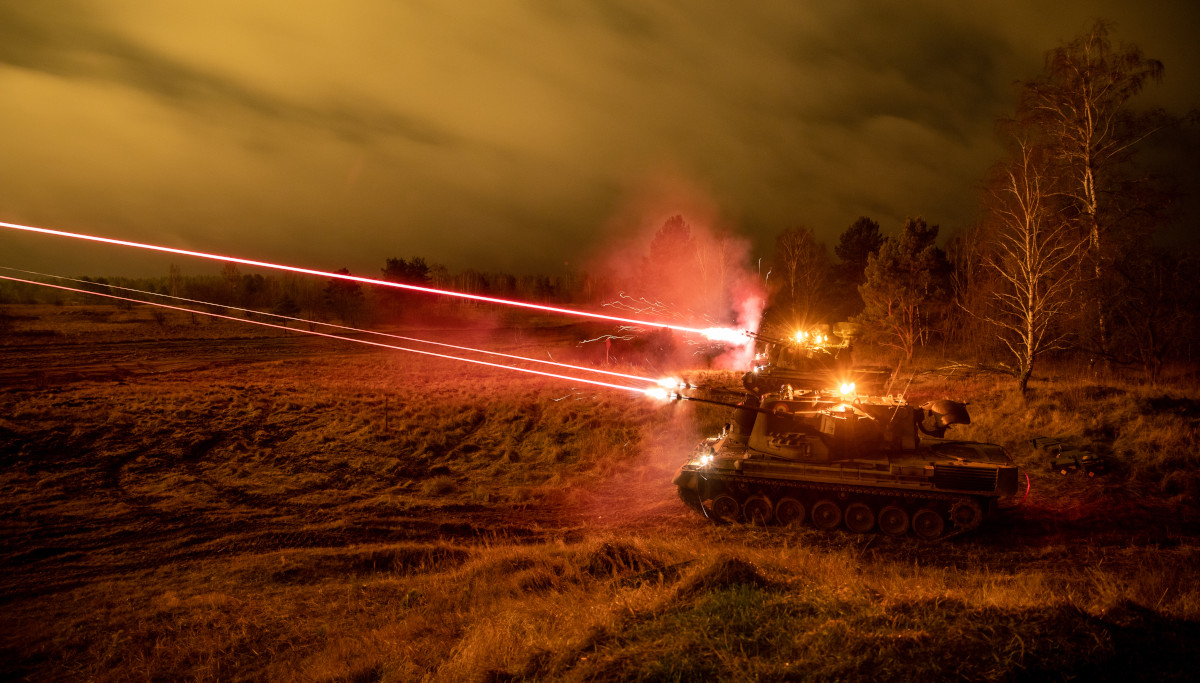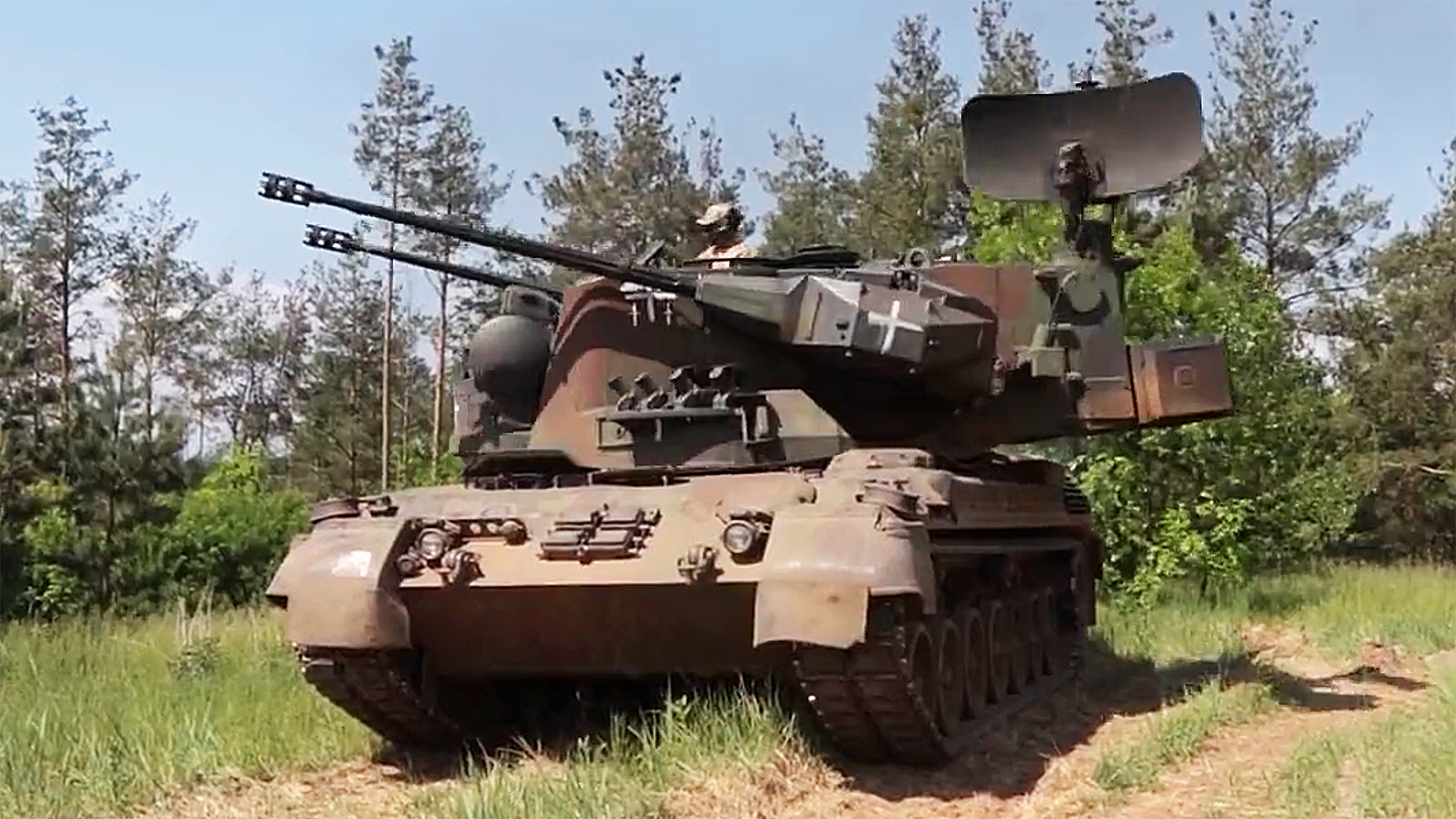The U.S. Army has awarded a Florida-based company a contract worth just over $118 million to supply additional German-made Gepard self-propelled 35mm anti-aircraft guns to the Ukrainian military. The Gepards in question look to be ex-Dutch variants that were then sold to Jordan around a decade ago.
The Pentagon announced the Army’s deal with Global Military Products, Inc. of Tampa, Florida, valued at $118,375,740, in its daily contracting notice yesterday. Germany has already supplied dozens of these vehicles to Ukraine’s armed forces, which has been using them to good effect, especially against incoming Russian cruise missiles and drones.

The new U.S. purchase of the Gepards is being funded through the Ukraine Security Assistance Initiative (USAI), which was established prior to Russia’s all-out invasion of Ukraine. This security assistance mechanism is specifically intended to help acquire weapons and other equipment, along with training and other support services, on Ukraine’s behalf. In addition, unlike the so-called ‘drawdowns‘ of materiel straight from U.S. military stocks for transfer to Ukraine’s armed forces, USAI can be used to buy items not already in American inventory, like the Gepard.
It is unclear how many Gepards are being purchased for Ukraine through the U.S. Army contract or when they might arrive in that country. The contract notice doesn’t explicitly say where the vehicles are coming from, but does say that the “work will be performed in Amman, Jordan, with an estimated completion date of May 30, 2024.” This also implies the vehicles require some degree of refurbishing or other attention before they can be delivered. The War Zone has reached out for more information.
Jordan certainly has Gepards that could be purchased for transfer to Ukraine. In 2013, the government of the Netherlands struck a deal to sell 60 retired Gepards to the Jordanian military. That sale also included 350,000 rounds of 35mm ammunition and spare parts, among other items. The Dutch armed forces had acquired a total of 95 Gepards starting in the 1970s and had placed the remaining examples in storage by 2006.
Details about other military aid that Jordan has already provided Ukraine since Russia launched its all-out invasion in February 2022 are limited. Jordanian-made variants of the Russian RPG-32 shoulder-fired anti-armor weapons and missiles for Soviet-designed 9K33 Osa short-range air defense systems apparently sourced from Jordan have previously appeared in Ukrainian hands.
Dutch Gepards differ from the variants that were produced during the Cold War for what was then the West German military in their radar fit. The Dutch version has an X-band search radar and a tracking radar that can operate in the X and Ka bands. The German variant has an S-band search radar and a Ku-band tracking radar. The different radars make the two types visually distinct.


Germany has also retired the Gepard, but examples of the German version are still in service in Brazil and Romania.
All Gepard variants feature a pair of 35mm automatic cannons mounted on a single turret together with the search and tracking radars. The vehicles use a hull and chassis based on the design of the Leopard 1 tank, examples of which Ukraine’s military is also now set to receive.
The Gepard is designed to be employed in a point defense role against low-flying aircraft, helicopters, and other aerial threats. The Gepard’s 35mm cannons can also be used to devastating effect against targets on the ground.
The German variants that Ukraine has already received have proven to be extremely effective, especially against subsonic cruise missiles and drones. Those two categories of weapons currently represent Russia’s primary means of carrying out long-range strikes, making the Gepard a particularly valuable addition to the Ukrainian military’s air defense arsenal.
Ukraine has already received at least 34 Gepards from Germany and is set to eventually get 18 more from that country. More examples will only provide further critical short-range air defense capacity, especially for protecting key target areas. As tracked vehicles, the Gepards also have good off-road mobility giving them additional flexibility if the call comes to redeploy to another location or keep up with troops on the move. This could prove critical in the long-awaited upcoming offensive.

In addition, the Gepard’s radars give the system the ability to spot, track, and engage targets at night and in bad weather. This is of critical importance to Ukrainian forces given that many Russian missile and drone strikes come after the sun goes down.
“Thanks to the fact that this anti-aircraft system has a computer system that automatically helps us to detect the target, capture [track] it, and help us destroy it as soon as possible,” a Ukrainian Gepard gunner identified only as Oleh told CNN in an interview in May. “There may be more than one target, maybe three or four targets, and we need to destroy them one by one, so the computer system makes it as easy as possible for the operator to do their job.”
There is a significant question about sourcing ammunition for the Gepard 35mm cannons. These guns were made in Switzerland, as were significant stocks of shells for them. Authorities in that country have repeatedly refused to allow the re-export of 35mm rounds from various countries to Ukraine citing a policy of neutrality in regard to the conflict. This has become such an issue that the German government announced in February that it had signed a deal with domestic defense contractor Rheinmetall to restart production of 35mm ammunition.
It is not immediately clear who manufactured the 35mm ammunition that the Netherlands sold to Jordan along with the 60 Gepards in 2013 or how many of the 350,000 rounds included in the sale may have been expended over the past 10 years in the course training and other activities.

Germany has also sought to buy back German-made 35mm ammunition from Brazil, something that country’s current government has reportedly refused to allow.
Beyond all this, the U.S. Army’s use of USAI funding to acquire Gepards from a third party highlights the U.S. military’s own limited selection of short-range air defense (SHORAD) assets at present. The U.S. military’s SHORAD capabilities atrophied in the years following the end of the Cold War amid the belief that future conflicts that American forces were likely to find themselves in would be very unlikely to feature aerial threats. This is something The War Zone has explored in depth in the past.
A return to great-power competition against near-peer nations like China and Russia, together with the explosion in the use of drones, even among non-state actors like terrorist groups and criminal organizations, has led to a reversal in U.S. attitude when it comes to SHORAD.
At the same time, the U.S. military continues to play catchup in trying to reconstitute these capabilities. In 2021, the U.S. Army just began fielding its first new mobile SHORAD system, the Maneuver Short Range Air Defense (M-SHORAD) vehicle based on the 8×8 Stryker, in decades. M-SHORADs are replacing aging Humvee-based Avenger air defense systems, some of which are also now being sent to Ukraine.
The conflict in Ukraine has only underscored the value of SHORAD systems, even like the Gepard, which until recently, was largely sidelined as a Cold War relic. Now more examples of them, sourced from anywhere possible by the U.S. military, will be backstopping those already in service in Ukraine.
Contact the author: joe@thedrive.com
